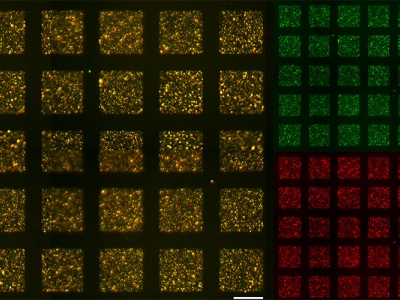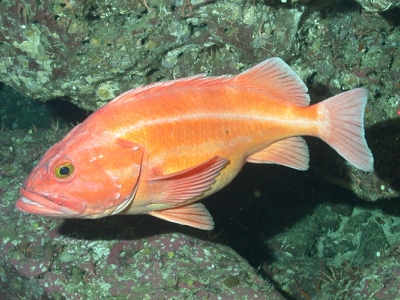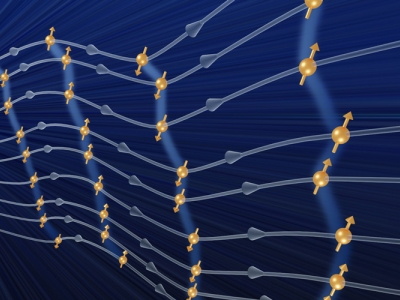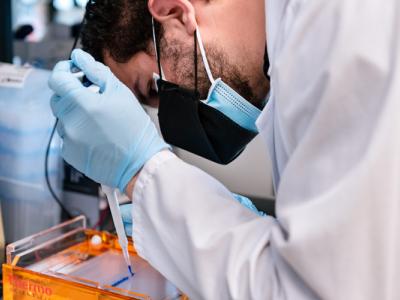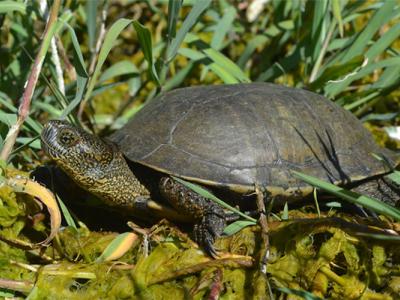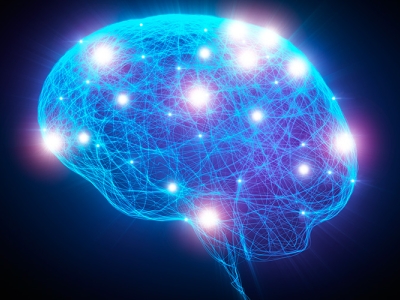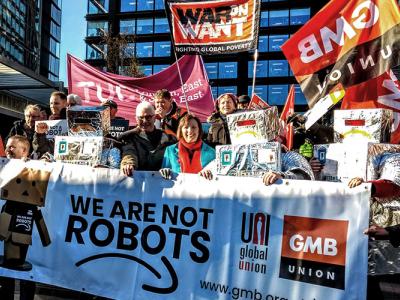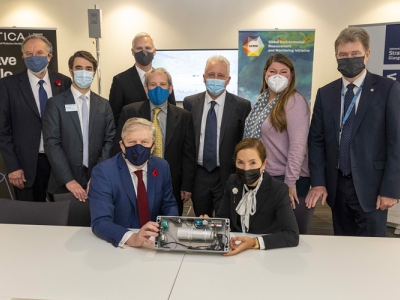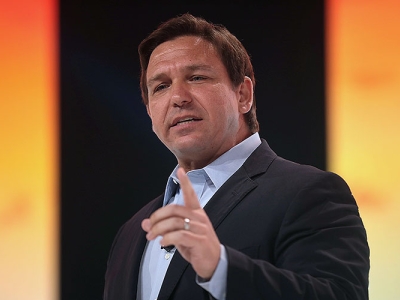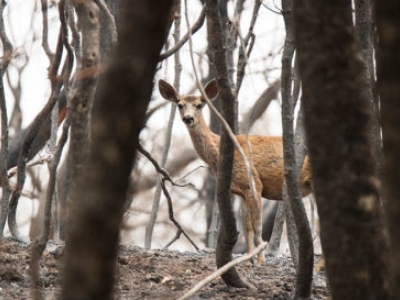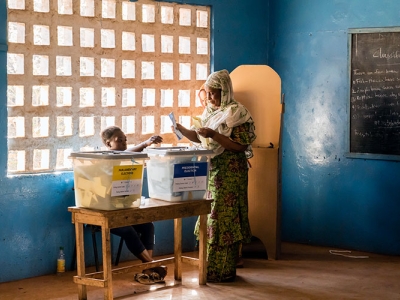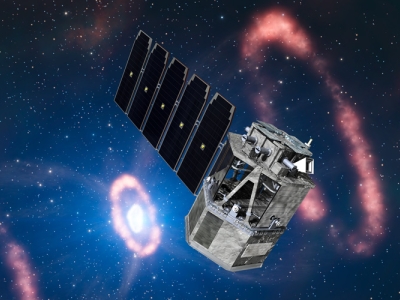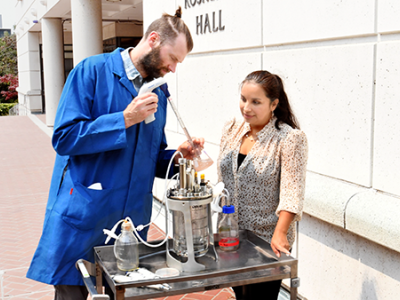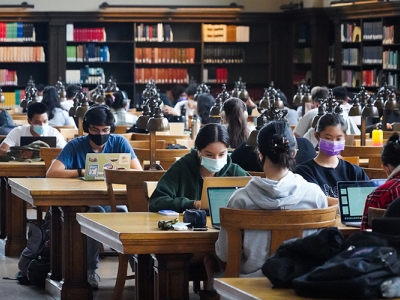As opponents of critical race theory continue to gather at school boards across the country protesting its use in classrooms, it has become evident that the study of racism in America continues to be seen, by some, as trivial.
But UC Berkeley ethnic studies lecturer Victoria Robinson said that understanding the history of America’s structurally racist roots can be just as nuanced as research done in a science lab. And more importantly, it should be celebrated as education that can help bridge communities in a country currently divided along politically racialized lines.
Research News
Learn more about UC Berkeley's researchers and innovators.
Showing 881 - 896 of 3459 Results
Liposomes may be the unsung heroes of the COVID-19 pandemic. Without the protection of these microscopic vesicles, the delicate strands of messenger RNA (mRNA) that lie at the heart of the Pfizer and Moderna COVID-19 vaccines would be quickly destroyed by enzymes in the body, making it nearly impossible for their genetic instructions to reach the insides of human cells. But vaccine delivery isn’t the only way that these particles can be used in the battle against COVID-19. In a new study, a team of engineers at the University of California, Berkeley, attached SARS-CoV-2 “spike” proteins to the surface of liposomes, creating lab-made mimics of the deadly virus which the researchers call “spike-liposomes.”
A new paper in the journal Ethics and Human Research co-authored by Berkeley Public Health Professor of Bioethics and Medical Humanities Jodi Halpern and Lecturer Sharon E. O’Hara, among others, explores how scientists perceive the potential of CRISPR technology and how the transition of many researchers from bench science (making new discoveries in the lab) to translational science (using these new discoveries to create novel medical treatments) may affect the treatment of those with genetic conditions.
In a study appearing this week in the journal Science, biologists at the University of California, Berkeley, compare the genomes of nearly two-thirds of the known species of rockfish that inhabit coastal waters around the Pacific Ocean and uncover some of the genetic differences that underlie their widely varying lifespans.
UC Berkeley physicist Norman Yao first described five years ago how to make a time crystal — a new form of matter whose patterns repeat in time instead of space. Unlike crystals of emerald or ruby, however, those time crystals existed for only a fraction of a second.
In a new paper published today in the journal Science, researchers at the Innovative Genomics Institute (IGI) at UC Berkeley and Gladstone Institutes used a new method to explore why some variants of SARS-CoV-2, like the Delta variant, are more transmissible and infectious than others.
Former UC Berkeley postdoctoral scholar Max Lambert is part of a team of wildlife experts who spent much of the pandemic checking in on the health of the Bay Area’s Western pond turtles, including a population living right next door in Tilden Regional Park.
Berkeley neuroscientist Yang Dan will help conduct an ambitious $9 million project exploring how the circuitry in the brain progressively goes awry in patients suffering from Parkinson’s disease.
BERKELEY, CALIF. – Today, the UC Berkeley Labor Center released a groundbreaking report that provides a new and comprehensive set of policy principles for worker technology rights in the United States.
UC Berkeley’s Ronald Cohen was beaming behind his mask as he joined governmental officials from Scotland and California today (Nov. 3) at the 2021 Climate Summit (COP26) in Glasgow to demonstrate a sensor network he pioneered to provide realtime monitoring of greenhouse gas emissions in cities.
It is the sort of activity that U.S. university professors engage in every day: testifying in court about a law or policy that falls within their area of expertise. But when three faculty members at the University of Florida planned critical testimony about a controversial, Republican-backed bill to restrict voting, university leaders barred them from speaking.
The order, disclosed late last week, is a clear violation of academic freedom, and it reflects a troubling rise of the neo-nationalism that threatens independent scholarship worldwide, says UC Berkeley scholar John Aubrey Douglass. Such actions send a “chilling message” to scholars, Douglass said in an interview, reflecting a broader trend in which right-wing U.S. political leaders attempt to impose political controls on perceived academic opposition.
When a massive wildfire tears through a landscape, what happens to the animals? In a rare stroke of luck, researchers from the University of California, Berkeley and other universities were able to track a group of black-tailed deer during and after California’s third-largest wildfire, the 2018 Mendocino Complex Fire. The results were published Oct. 28 in the journal Ecology and Evolution.
The program run for five years by the Center for Effective Global Action has supported government improvements across continents.
University of California, Berkeley, space scientists have been tapped by NASA to lead the development of a new orbiting space telescope dedicated to studying the evolution of our Milky Way galaxy.
Microbiologist Cecilia Martinez-Gomez studies a widespread specie of bacteria that thrives on rare earth elements, also known as rare earth metals or lanthanides. She has engineered one strain of the bacteria to efficiently accumulate a rare earth element known as neodymium from electronics waste and recycle it back to the industry for making batteries, speakers, even jet turbines.
A new policy brief released today by the California Policy Lab (CPL) and the People Lab at UC Berkeley shows that making simple changes to Cal Grant financial aid award letters significantly increased the number of California high school students who registered for an online account, a key first step for receiving the grant.


